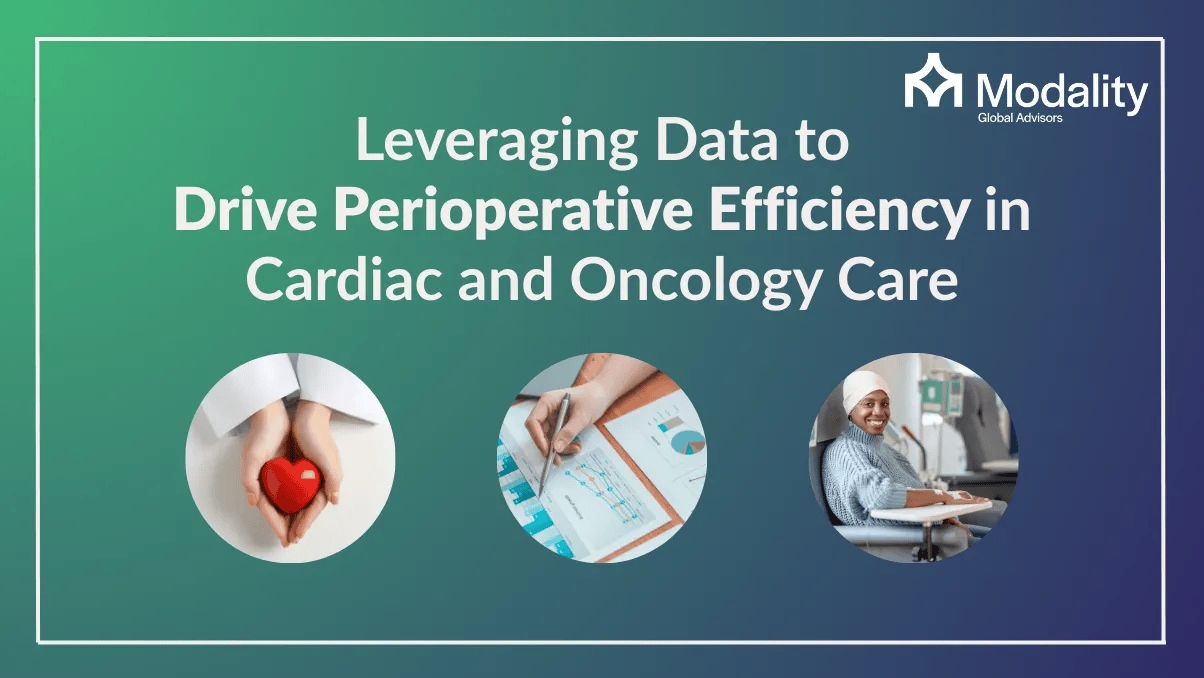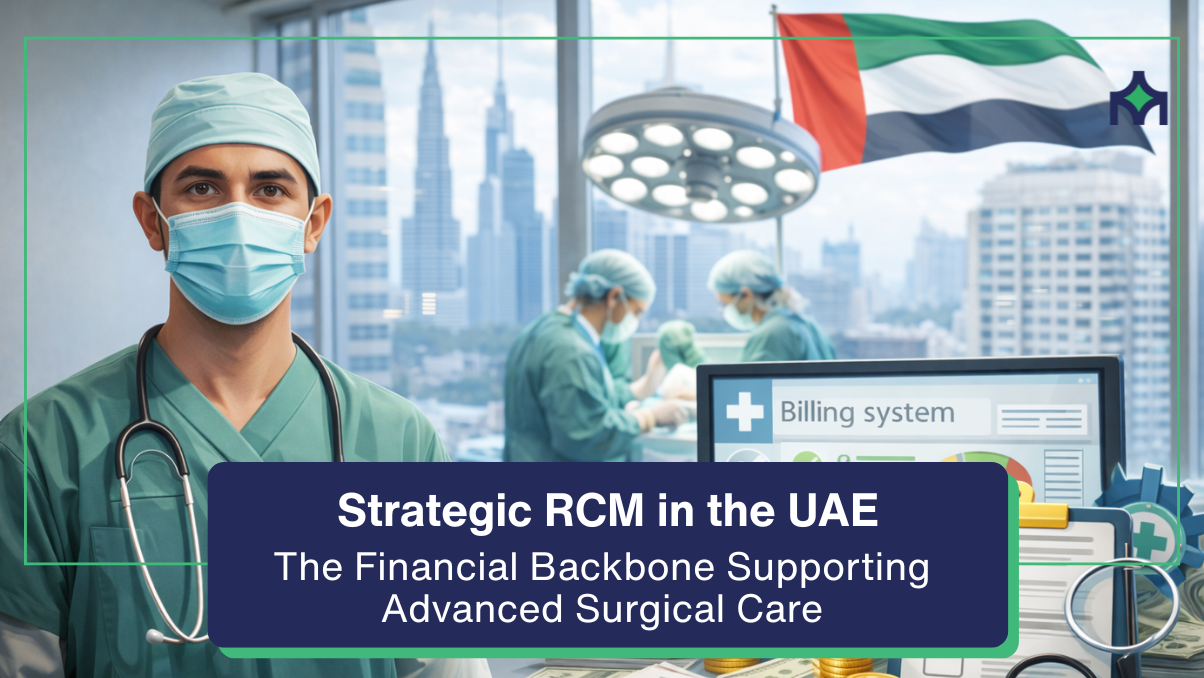Leveraging Data to Drive Perioperative Efficiency in Cardiac and Oncology Care
Data-Driven Perioperative Precision: Faster Flow, Safer Care in Cardiac & Cancer Surgery
Efficiency and quality must coexist—especially in oncology and cardiac surgery. Building on our prior post Patient-Centered Throughput, this article shows how real-time data and predictive analytics transform perioperative care without compromising safety. With Modality Global Advisors (MGA), systems move from reactive workflows to proactive, patient-centric coordination.
The Data Imperative in High-Acuity Surgery
Complex diagnoses, high acuity, and variable needs expose bottlenecks across pre-op, intra-op, PACU/ICU, and discharge. Minor delays cascade into longer LOS, missed starts, and clinician stress—risks that are life-critical for cancer and cardiac patients. The fix: a data-driven operating model.
Smarter Surgery Starts with Smarter Data
1) Predictive Scheduling That Works
- AI models forecast case duration from history, surgeon, and risk profile.
- Dynamic block optimization matches demand to capacity in real time.
- High-risk patients are flagged early for pre-op optimization and tailored prep.
2) Real-Time Capacity Planning (PACU/ICU)
- Live bed maps predict availability and discharge windows.
- Staffing levels flex to projected volume and acuity.
- Proactive holds for patients predicted to need extended recovery.
3) ERAS Compliance with Outcome Feedback
- Monitor adherence (early ambulation, opioid-sparing, nutrition) in workflow.
- Spot variation by surgeon/service; close gaps with targeted coaching.
- Real-time alerts on risk signals reduce complications and readmissions.
4) Extending Care Beyond Discharge
- Wearables & remote monitoring track fluid status, wound healing, mobility.
- Telehealth check-ins catch issues early; avoid avoidable ED revisits.
- PROMs feed continuous improvement and pathway refinement.
| Lever | Primary Impact | Key Signals |
|---|---|---|
| Predictive scheduling | Fewer delays; better OR utilization | On-time starts, turnover, case accuracy |
| Capacity analytics | PACU/ICU flow; shorter LOS | Bed holds, ICU dwell, exit variance |
| ERAS compliance | Complications ↓; opioid use ↓ | Adherence %, SSI/readmit rate |
| Remote recovery | Early escalation; fewer returns | PROMs, virtual follow-ups, 30-day ED visits |
How MGA Powers Perioperative Transformation
- End-to-End Workflow Analysis: Map every touchpoint; remove friction from pre-op to discharge.
- Custom Predictive Analytics: Forecast OR demand; optimize blocks; right-size resources.
- High-Acuity Line Uplift: Cardiac and oncology throughput, quality, and sustainability.
- Change Leadership: Accountability models, service-line huddles, and role clarity that stick.
Ready to reimagine perioperative services? Join our upcoming webinar and see data-driven pathways in action.






